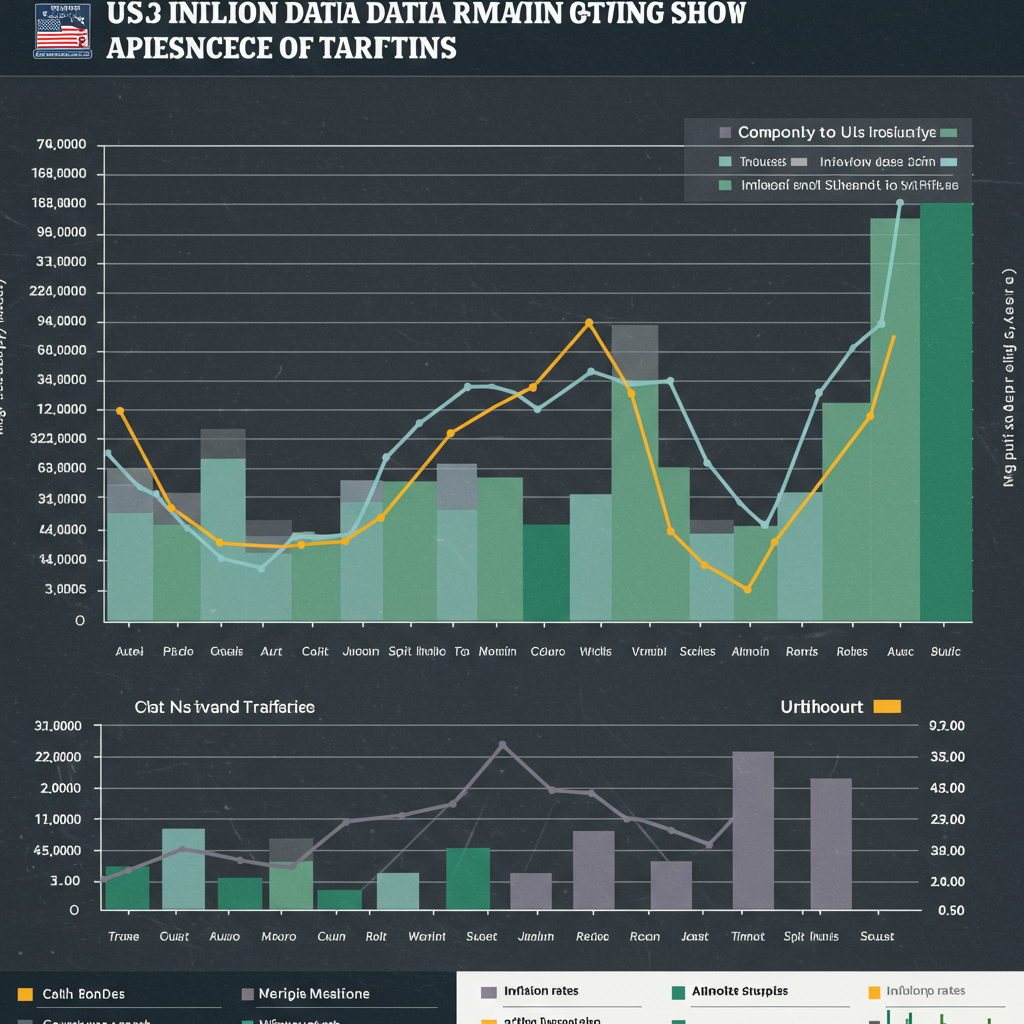UK inflation eased slightly in May, official data revealed, but the decline was less significant than economists had widely anticipated. This unexpected stickiness in price rises comes just ahead of a crucial interest rate decision from the Bank of England.
According to the latest figures, the Consumer Price Index (CPI) rose by 3.4% in the year to May. While this is a modest decrease from April’s 3.5%, it fell short of the 3.3% rate forecast by most analysts. Crucially, the 3.4% figure remains “substantially above” the Bank’s target rate of 2%.
Why Inflation Eased Less Than Anticipated
The limited easing in May was a result of offsetting price movements across different categories. A notable factor pulling the overall rate down was a drop in air fares and broader transport costs.
However, these declines were largely counteracted by significant rises in the cost of food and non-alcoholic drinks, which increased by 4.4% year-on-year. Within the food category, items seeing the biggest monthly price hikes included common “larder items” such as sugar, jam, and chocolate, alongside increases in ice cream and meat prices.
What This Means for the Bank of England
The less-than-expected fall in inflation takes centre stage ahead of the Bank of England’s Monetary Policy Committee (MPC) decision, scheduled for Thursday. The prevailing expectation among most economists is that the nine-member committee will vote to keep the main interest rate unchanged at 4.25%. This decision follows a period where the MPC had been implementing quarterly cuts to borrowing rates since the previous August.
Outlook and Economic Uncertainty
Looking further ahead, the consensus among economists, including forecasts from the Bank of England itself, suggests that inflation is likely to persist above the 2% target throughout the remainder of the year.
Forecasting economic developments and the future path of interest rates is complicated by significant external factors. These include uncertainty surrounding international trade policies, such as potential U.S. tariffs, and ongoing geopolitical unrest in regions like the Middle East. While many analysts maintain forecasts for future rate reductions (such as continuing a quarterly cutting pace), they acknowledge that global uncertainties introduce both “upside and downside risks” to these predictions.
References
- finance.yahoo.com
- <a href="https://economictimes.indiatimes.com/news/international/world-news/uk-inflation-eases-by-less-than-anticipated-ahead-of-bank-of-england-rate-decision/articleshow/121932469.cms?UTMSource=GoogleNewsstand&UTMCampaign=RSSFeed&UTM_Medium=Referral”>economictimes.indiatimes.com


